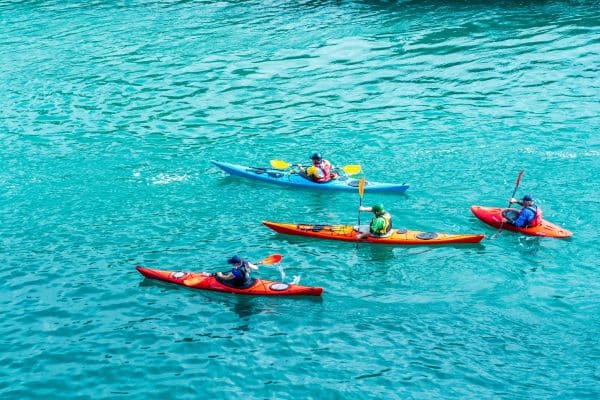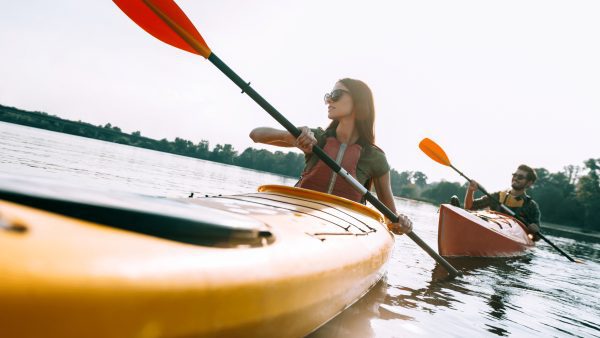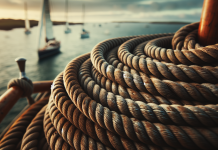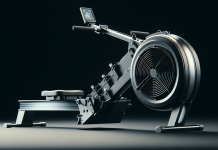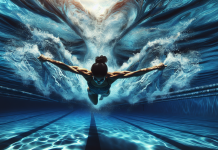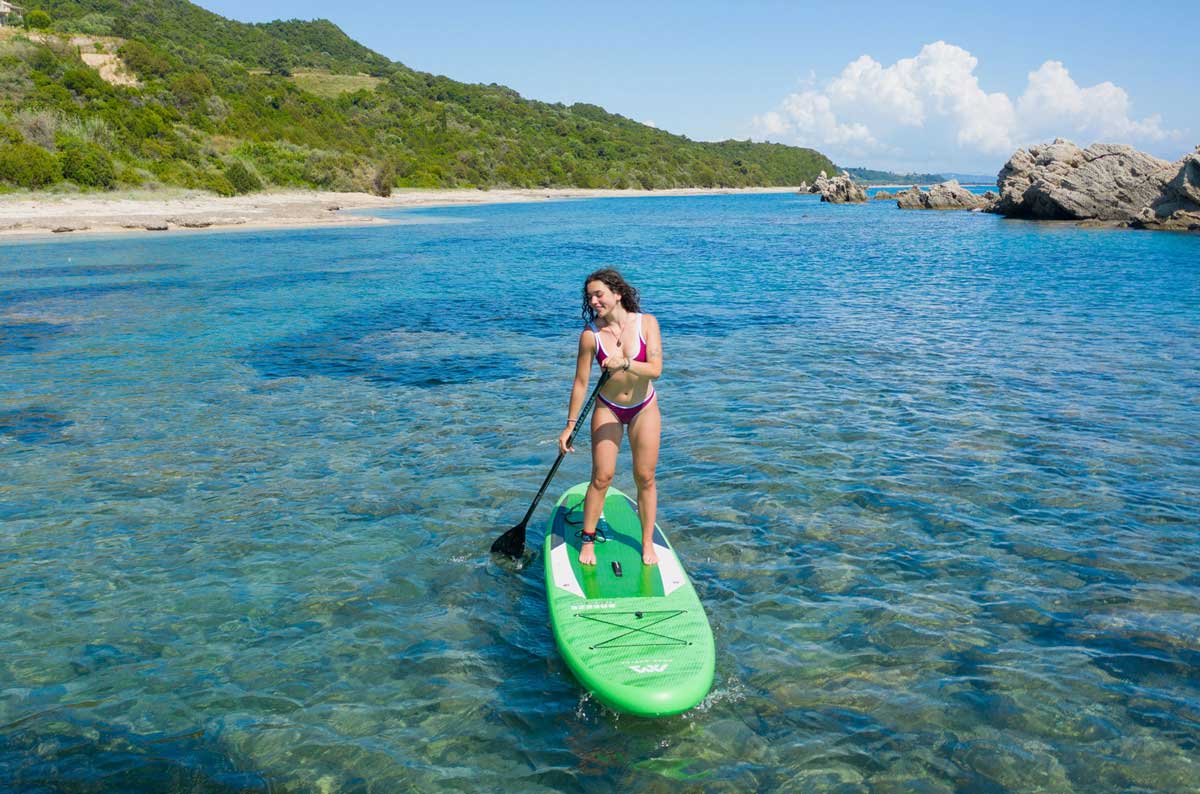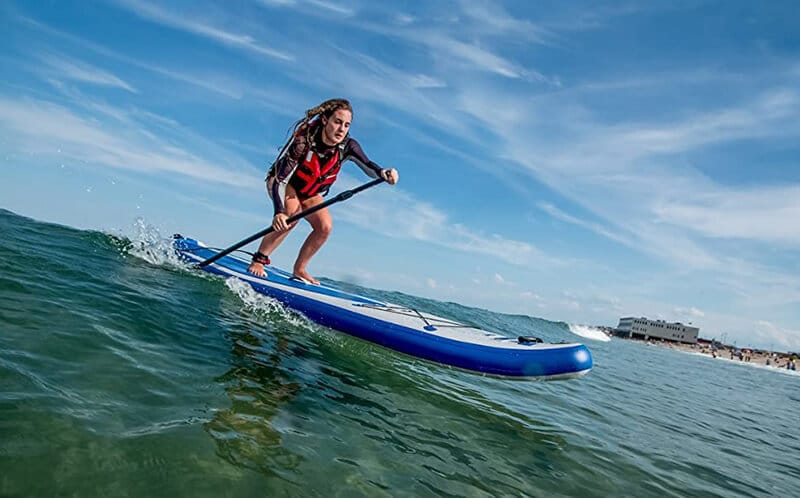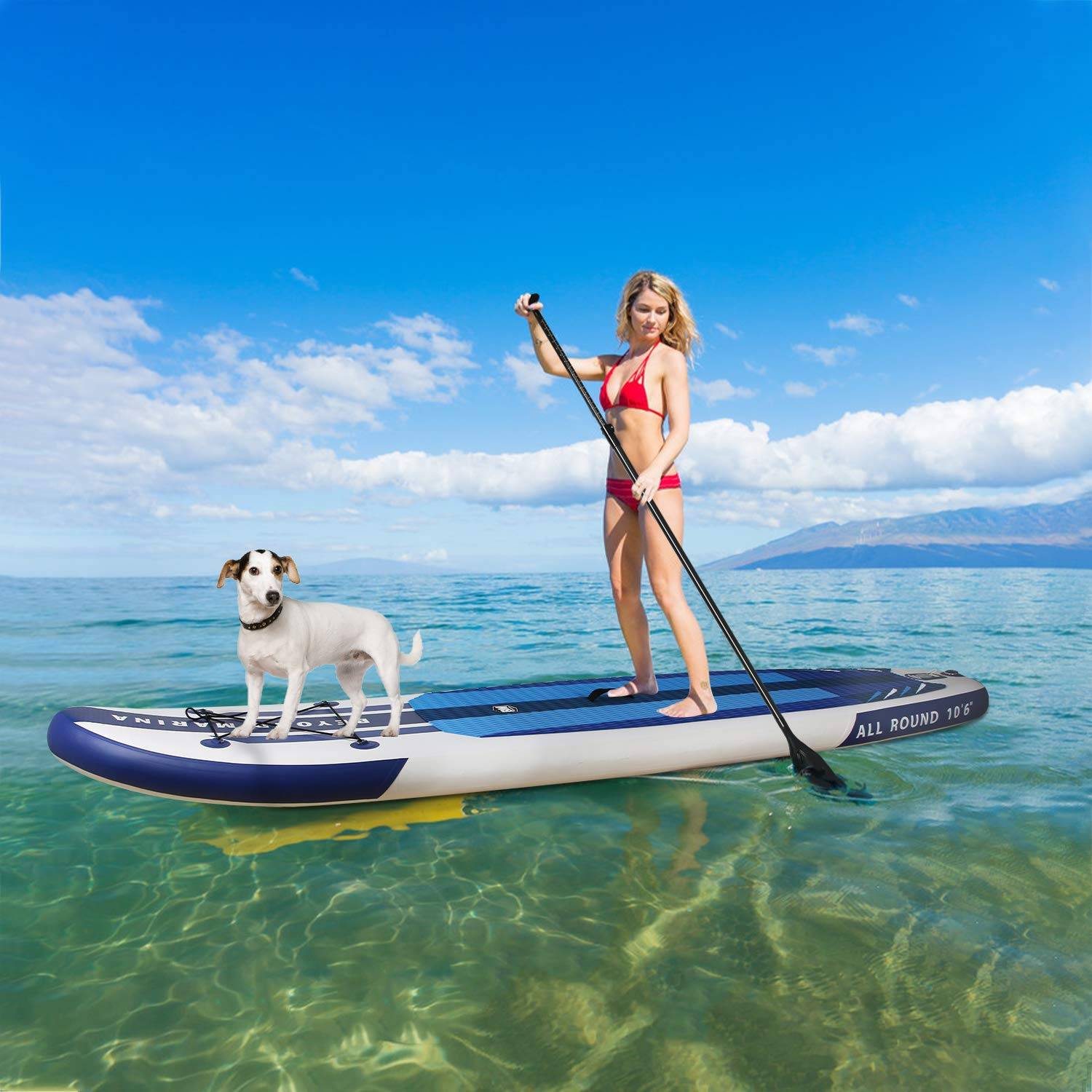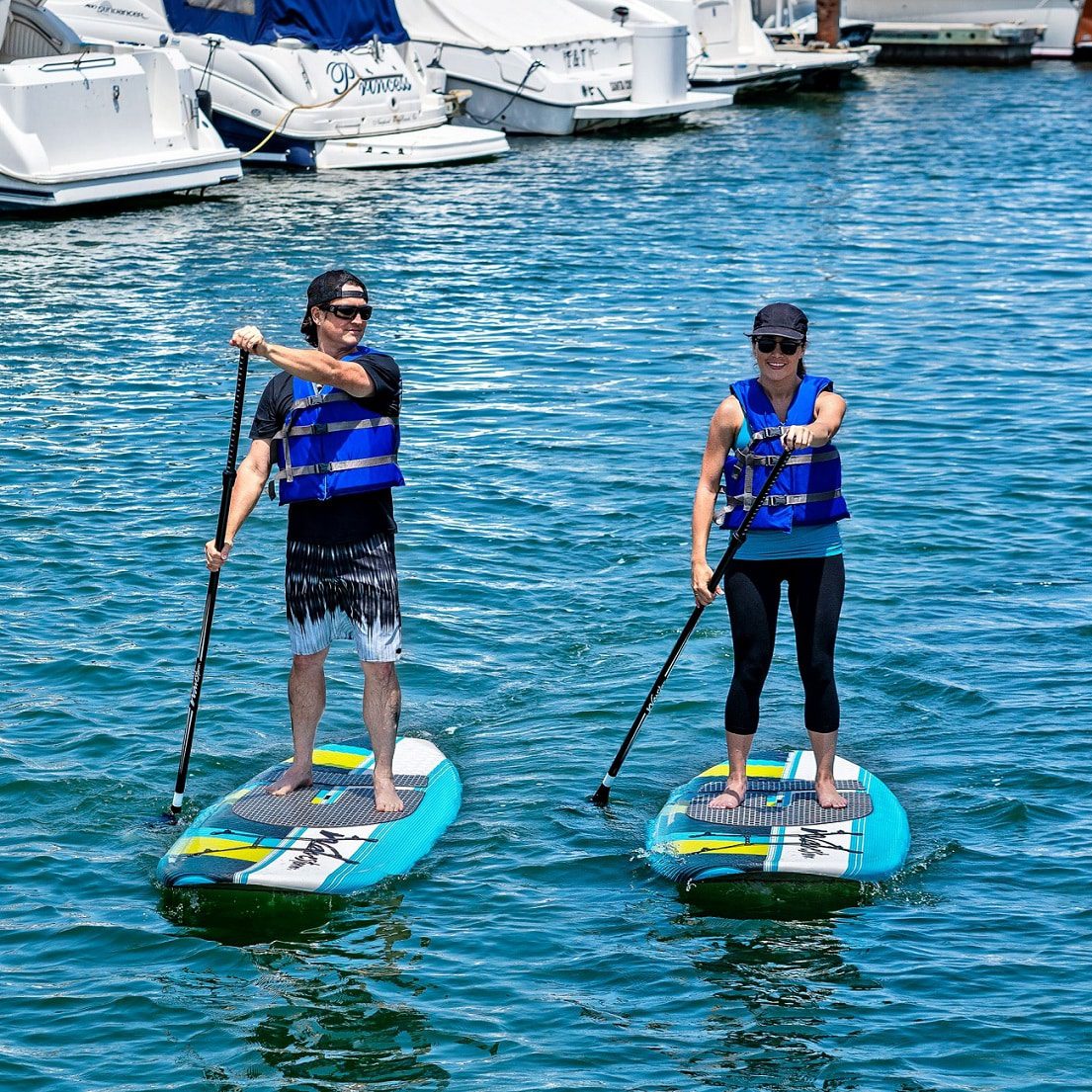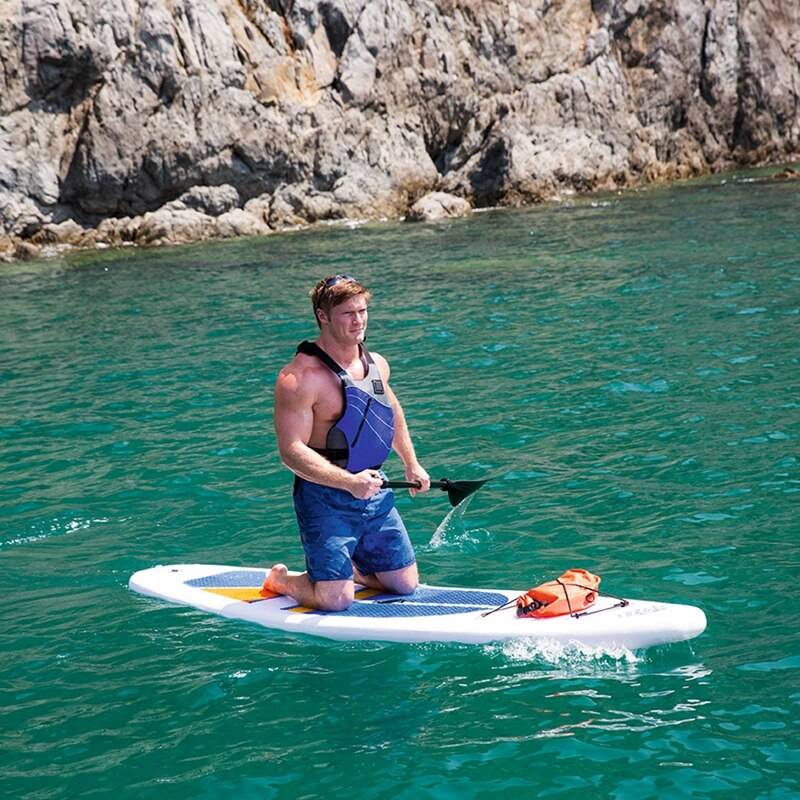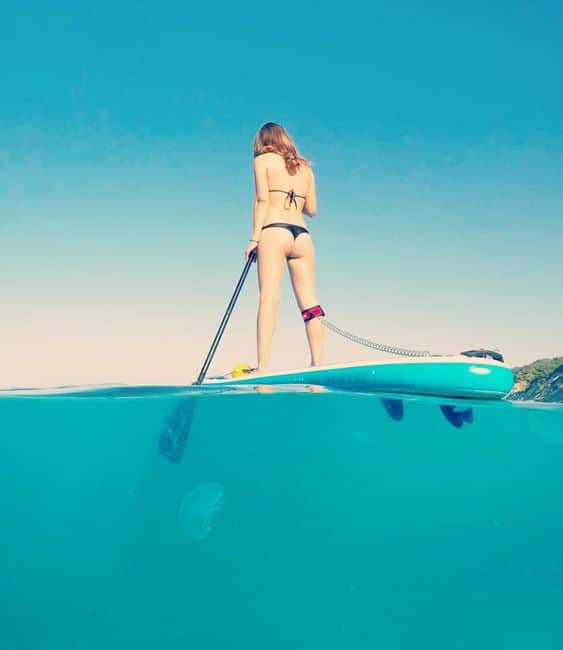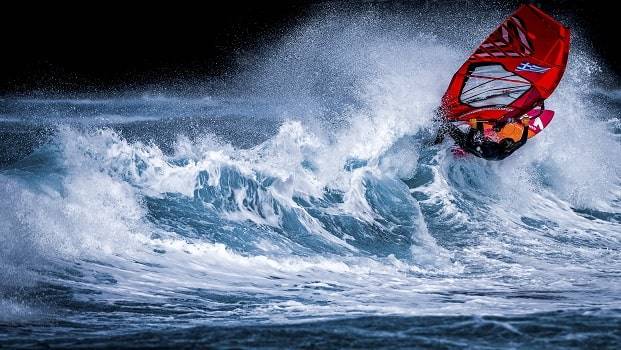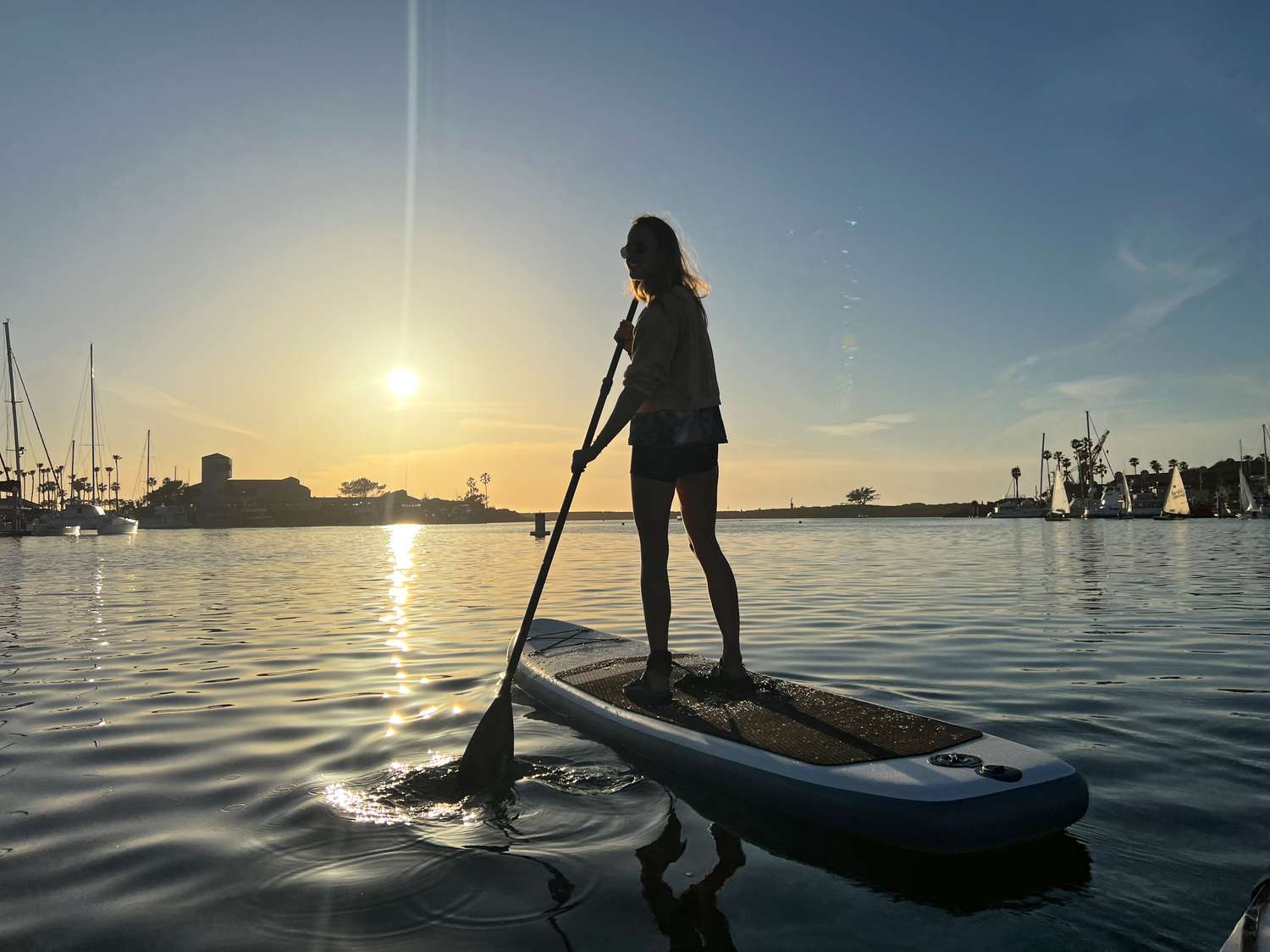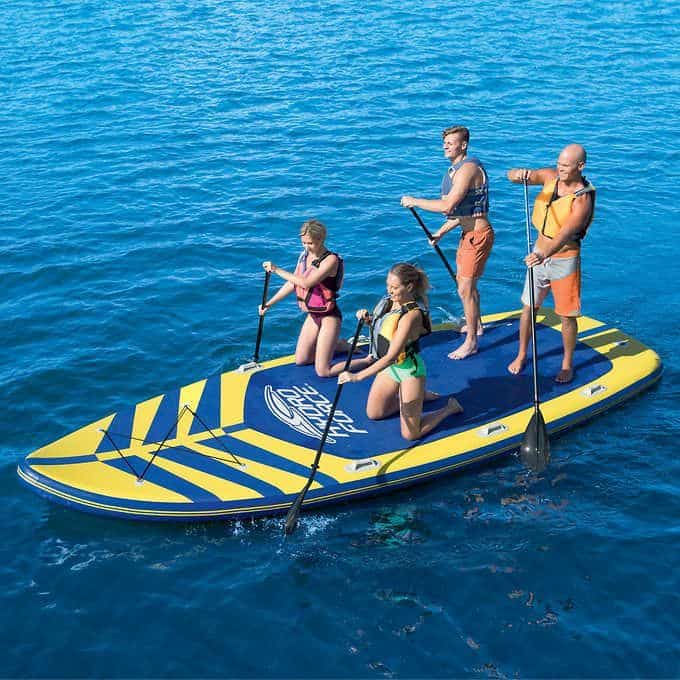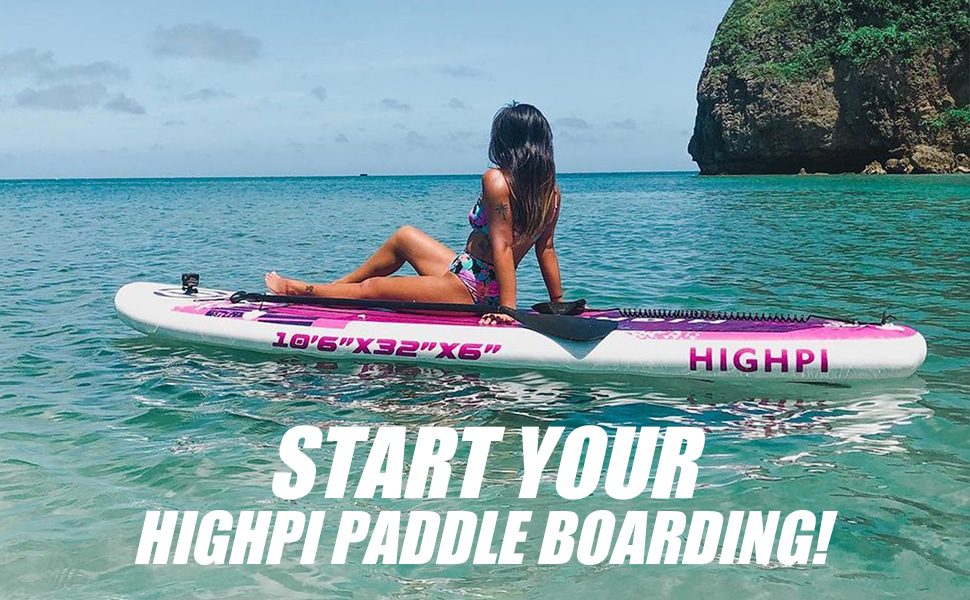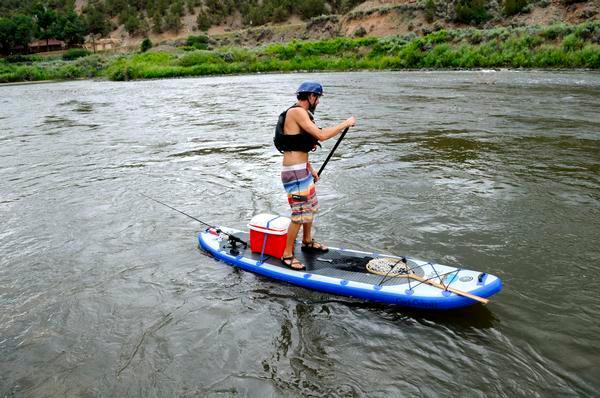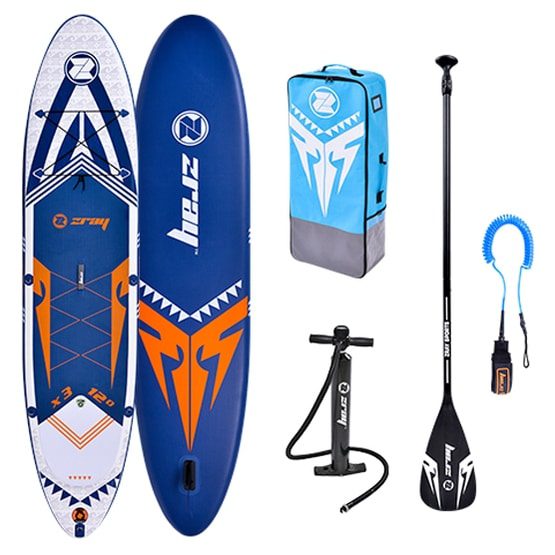Are you curious how far you can paddle a kayak in just one day? Look no further!
In this article, we’ll uncover the exciting world of kayak adventures and give you some insights into the distance you can cover while enjoying the water.
Whether you’re a beginner or an experienced paddler, we’ve covered you with tips and tricks to help you make the most of your journey.
So grab your paddle, put on your life jacket, and explore how far you can go in a day on a thrilling kayak expedition!
This image is the property of threesisterskayakrental.com.
Factors That Affect Kayaking Distance
The kayaking distance can vary greatly depending on various factors. This article will explore these factors to help you understand how they affect the distance you can paddle in a day. Each element determines how far you can go on your kayaking adventure, from physical fitness and experience level to weather conditions and kayaking techniques.
Physical Fitness
When it comes to kayaking long distances, physical fitness plays a significant role. Here are a few physical aspects that can affect your kayaking distance:
Endurance
Kayaking for extended periods requires a good level of endurance. Maintaining a steady pace without getting fatigued allows you to cover more ground. Building endurance through cardiovascular exercises and regular kayaking practice can help you increase your kayaking distance.
Strength
Kayaking involves using various muscle groups, including arms, shoulders, back, and core. Good upper body and core strength is essential for efficient paddling and sustained performance over long distances.
Flexibility
Flexibility in your joints and muscles is crucial for proper paddling technique, as it allows for a full range of motion. Regular stretching exercises can help improve your flexibility and prevent injuries, contributing to a better kayaking performance.
Overall Health
General health and well-being play a vital role in determining your kayaking distance. Maintaining a healthy lifestyle, including a balanced diet and regular exercise, can enhance your fitness levels and positively impact your kayaking endurance.
Experience Level
Your experience level as a kayaker can significantly influence the distance you can paddle in a day. Here’s a breakdown of the different experience levels and how they can affect your kayaking distance:
Beginner
For beginners, it is advisable to start with shorter trips to familiarize themselves with the kayaking basics. Limited experience may result in slower paddling speeds and the need for more frequent breaks, ultimately affecting the overall distance covered.
Intermediate
You can gradually increase your distance as you gain more experience and confidence in your kayaking abilities. Intermediate kayakers typically have better technique, endurance, and navigational skills, allowing them to cover more ground comfortably.
Advanced
Advanced kayakers have honed their skills and proficiency in paddling, navigation, and safety. Their experience allows them to undertake longer and more challenging trips, maximizing their kayaking distance potential.
Training and Techniques
Consistent training and honing of kayaking techniques can significantly impact your distance capabilities. Taking advanced kayaking lessons, practicing efficient paddling techniques, and improving navigation skills can enhance your overall performance and increase the distance you can cover.
Weather Conditions
Weather conditions determine the distance you can paddle in a day. Here are some weather-related factors to consider:
Wind
Wind can significantly impact your kayaking speed and overall progress. Paddling against strong headwinds can be exhausting and slow you down, reducing your distance. Checking weather forecasts and choosing sheltered routes can help mitigate the effects of wind.
Rain
Rainfall can affect visibility, make the water choppier, and even change currents. It is essential to consider the intensity and duration of rain when planning your kayaking distance.
Temperature
Extreme temperatures, whether hot or cold, can affect your energy levels and overall performance. Paddling long distances under scorching sun or freezing temperatures may require additional breaks and precautions, ultimately impacting the distance you can cover.
Visibility
Poor visibility due to fog or mist can make navigation more challenging, slowing your progress and potentially reducing your kayaking distance. Monitoring weather conditions and planning accordingly to ensure safe and efficient paddling is crucial.
This image is the property of paddlegeek.com.
Currents and Tides
Understanding currents and tides is essential when planning a kayaking trip. Here’s how they can affect your distance:
Understanding Currents
Currents can either work for or against you, depending on the direction of your journey. Paddling with a favorable current can increase speed and cover considerable distances while paddling against a strong current can be strenuous and limit your progress.
Tidal Variations
Tidal variations can significantly impact the flow of water and create strong currents. It is essential to consider the tidal patterns and plan your kayaking distance accordingly to take advantage of tidal flow or avoid difficult conditions.
Planning Around Currents and Tides
Understanding tidal charts and current information is crucial for planning your kayaking distance. Using the knowledge of tidal cycles, you can schedule your trip to coincide with favorable currents, optimizing your paddling efficiency and overall distance.
Type of Kayak
The type of kayak you choose to paddle can influence your distance capabilities. Let’s explore some common kayak types and how they can affect your paddling experience:
Sit-on-Top Kayaks
Sit-on-top kayaks are known for their stability and ease of use. They are generally wider and provide a more relaxed paddling experience. However, their design may create more resistance in the water, potentially impacting your speed and distance.
Touring Kayaks
Touring kayaks are designed for long-distance paddling. With their sleek hull design and efficient tracking ability, they offer less resistance and better speed, allowing you to cover more distance comfortably.
Fishing Kayaks
Fishing kayaks are typically stable and designed with additional features for fishing enthusiasts. While they may offer stability, their more comprehensive design can result in more resistance, affecting your maximum distance.
Whitewater Kayaks
Whitewater kayaks are built for maneuverability and agility in fast-moving water. Their design may sacrifice speed and efficiency, making them less suitable for covering long distances daily.
This image is the property of i.pinimg.com.
Water Conditions
The type of water you kayak on can also affect your distance capabilities. Here are different water conditions to consider:
Flatwater
Paddling on calm, flatwater surfaces like lakes or slow-moving rivers offers minimal resistance and better speed potential. Calm water conditions enable efficient paddling, allowing you to cover longer distances with less effort.
Open Water
Open water, such as oceans or large bodies, can be challenging due to potential waves and currents. The unpredictable nature of open water may require additional caution and affect your overall distance.
Rivers
Rivers with varying currents and obstacles can influence your kayaking distance. Paddling upstream against strong currents or navigating through rapids can be physically demanding and impact your progress.
Whitewater
Whitewater kayaking involves navigating fast-moving water with rapids and obstacles. Due to the technical nature of this type of kayaking, distances covered are typically shorter, focusing more on the intensity and challenges of the whitewater experience.
Duration of Daylight
The duration of daylight plays a crucial role in determining how far you can paddle in a day. Consider the following factors:
Sunrise and Sunset Times
Knowing your location’s exact sunrise and sunset times helps you plan your kayaking distance. Maximizing daylight hours allows more time on the water and helps avoid paddling in low-light conditions.
Twilight Periods
Twilight periods, including civil and nautical twilight, can provide additional visibility during the early morning or evening. These extended hours of adequate lighting can help increase the distance you can paddle.
Planning Daylight Hours
Considering the time needed for breaks, rests, and potential detours, planning your kayaking distance within the available daylight hours is essential. Considering the speed at which you paddle and the stops you will make, efficient planning can contribute to covering greater distances.
This image is the property of uploads-ssl.webflow.com.
Terrain and Route
The terrain and route you choose to kayak on can significantly impact your distance capabilities. Consider the following factors:
Distance and Difficulty
The overall distance of your chosen route and the difficulty level of the terrain play a vital role in your kayaking distance. Longer distances and challenging terrains with obstacles or strong currents require more time and effort.
Waterway Restrictions
Certain waterways may have restrictions or regulations that limit the distance you can paddle. To complete your planned kayak trip, you must familiarize yourself with permits or access requirements.
Navigational Challenges
Navigating through complicated waterways or areas with numerous islands and channels can affect your ability to cover long distances. These challenges may require additional time and navigational skills, potentially reducing the distance you can paddle.
Portages and Obstacles
Portages, where you must carry your kayak overland to bypass obstacles, can impact distance and require physical exertion. Identifying potential portages and planning alternative routes can help minimize these interruptions.
Alternative Routes
Having alternative routes in mind can provide flexibility and help you adapt to unforeseen circumstances, such as changing weather conditions or navigational challenges. Being prepared with backup options can ensure a smooth and uninterrupted kayaking experience.
Rest and Breaks
Taking necessary rest and regular breaks during your kayaking journey is essential for maintaining stamina and preventing fatigue. Consider the following factors:
Timing and Length of Breaks
Determining the timing and length of your breaks can significantly impact your overall distance. Balancing the need for rest with the desire to cover more ground requires finding the right balance for your physical and mental well-being.
Hydration and Nutrition
Staying hydrated and nourished during your kayak trip is crucial for maintaining energy levels and preventing exhaustion. Planning for regular water and snack breaks helps maintain optimal performance and allows you to paddle longer distances.
Equipment Check and Safety Precautions
Using breaks to conduct equipment checks and ensure safety measures are in place is essential. Inspecting your kayak, checking safety gear, and assessing weather conditions during breaks provide a safe and efficient kayaking experience.
This image is the property of uploads-ssl.webflow.com.
Paddling Technique
Efficient paddling techniques can significantly impact your kayaking distance. Here are some key elements to focus on:
Efficient Paddling
Practicing efficient paddling techniques, such as proper paddle placement and torso rotation, helps maximize stroke efficiency. This allows you to generate more power with less effort, contributing to increased distance coverage.
Using Core Muscles
Engaging your core muscles while paddling helps distribute the workload and reduces fatigue in your arms and shoulders. You can maintain a steady pace and cover longer distances by utilizing your core.
Proper Grip and Stance
Maintaining a proper grip on your paddle and a stable stance in your kayak helps optimize your stroke power. Focus on paddle technique and body positioning to ensure efficient energy transfer and improved distance potential.
Stroke Techniques
Mastering different stroke techniques, such as the forward stroke, sweep stroke, and draw stroke, enables you to maneuver efficiently and maintain a steady pace. You can optimize your distance coverage using the correct strokes at the right time.
Bracing and Maneuvering
Learning bracing techniques and practical maneuvering skills are essential for navigating obstacles and maintaining stability. Proper bracing techniques contribute to confident kayaking and allow you to cover longer distances without losing momentum.
Pacing and Rhythm
Finding your optimal paddling rhythm and maintaining a consistent pace helps conserve energy and improve endurance. By establishing a comfortable pace and finding a rhythmic paddling pattern, you can cover more ground without exhausting yourself.
In conclusion, several factors influence how far you can paddle a kayak daily. From physical fitness and experience level to weather conditions and kayaking techniques, each element plays a crucial role.
By considering these factors and adapting your plans accordingly, you can maximize your distance potential and enjoy memorable kayaking adventures. Remember to prioritize safety, stay hydrated, and listen to your body as you embark on exciting kayaking journeys. Happy paddling!





